In wilderness is the preservation of the world. –Henry David Thoreau
The trail to Aaron’s house for the summer veers from an old, non-traveled road. It winds through rocks and blueberry patches to a huge white pine. There, on a platform of wood is his tent, partially covered by a blue tarp. Clothes hang from a line that stretches under the tarp, a canoe paddle leans on the platform, and a couple of plastic totes house his clothes and possessions for the summer.
This is not his first summer in a tent–he has spent parts or all of six previous summers living in a canvas tent and guiding people through the Boundary Waters Canoe Area (BWCA). The BWCA has over a million acres of wilderness with over 1,000 lakes and streams within Superior National Forest. This preserved wilderness was established in 1964 under the administration of the US Forest Service.
Wilderness is a relative term. Any of us who live in a house with running water and electricity would most certainly agree that Aaron lives in the wilderness. But Aaron says the true wilderness is deep in the BWCA where you can paddle for days and not see another person, a building, or a road. Where you take shelter in the tent you carry and set up, cook your packed-in food on a fire after gathering the wood, and where your companions are the wild things all around you.
Nonetheless, I believe if the trail to your house is the same trail a bear travels, that is wilderness enough for me. Earlier this summer Aaron and his friend Jake were walking back to their tents when they saw a black bear on the trail ahead of them. After looking at the two-legged creatures for a minute, he lumbered away. Aaron and Jake followed–yep, followed, to see where he was going. The trail leads to a high ridge above an open marsh area. (read about the firefly phenomenon in the marsh)
Now I say, ‘Luckily’ they saw the bear down below them in the marsh and not on the ridge. The bear did look up at them again but wandered off into the forest.
When we visited Steger Wilderness Center at the beginning of August, we didn’t see a bear, but we noticed evidence of one when we were on a morning hike. Along the trail, a large log had been rolled over a young sapling, exposing grubs and insects underneath. A little farther along the trail were two large ant hills that had the tops scraped off–bears love Thatching ant eggs and larvae. After seeing this ‘evidence’, Aaron did mention that one of the other interns had seen a black bear on this trail earlier in the week! Okay, keep your eyes peeled!
Our hike that morning was mainly for two reasons–to see a remote lake where the guys go fishing and to pick wild blueberries along the way. The trail led deep into the forest and was beautiful and serene in the morning air. For some reason, the mosquitoes didn’t bother us, making the hike all the more pleasant. The conifer forest was filled with flora that we don’t normally see, even in Central Minnesota.
Wintergreen crept along the rocks. Gaultheria Procumbens produces oil of wintergreen, a flavoring for chewing gum, mints, and toothpaste. We chewed leaves to taste the minty flavor.
Bunchberry (or Creeping Dogwood) is a woodland ground cover that loves cool, acidic soil. The berries are edible and rich in pectin, making them good additions to thicken puddings and jellies.
Sweet fern was the most intriguing plant I saw but had no idea of what it was at the time. It’s a small, woody deciduous shrub with scalloped foliage that resembles ferns. The leaves are fragrant and can be used to make tea or as a seasoning. Sweet fern leaves can also be used to repel insects, as an infusion in water to treat poison ivy and stings, and as a lining for a container for picking berries to keep them fresh longer.
Ground cedar is an evergreen perennial club moss that has been used for Christmas decorations.
Along with these interesting plants and many types of moss, we trekked by patches and patches of blueberries. At first, we didn’t see any blueberries on the tiny bushes, and I blamed that bear who had left his mark at the beginning of the trail! Finally we came to a large patch that was loaded with berries, so we filled our containers with the small, delicious fruit.
After more than an hour of slowly making our way through the woods, we arrived at the lake. Overlooking this beautiful lake was a one-room log cabin, and I hastily exclaimed that I would live there! We sat on the rock outcropping for a few minutes, taking in the peace and exquisite beauty of this wilderness paradise.
Aaron is a summer intern at the Steger Wilderness Center. The older Homestead is the hub of activity where the interns gather from their tent outposts. An old lodge houses the kitchen, library, and office space powered only by solar. Dishes are washed like the interns’ grandparents or great-grandparents did it, since there is no running water. Food is stored in an ice house and cooked on a gas stove. The ice house is a large cellar built into the hill. Behind three thick, wooden doors is a room filled with huge ice chunks gathered from the lake in February and covered with saw dust to insulate. An adjacent room is where the food is stored at a very refrigerator-respectful 42 degrees F.
Twice a week, the sod-roofed log cabin sauna is fired up for the hard-working interns, stone mason apprentices, and others who want to heat up before jumping into the lake.
The center of attraction at the Steger Wilderness Center is the amazing building that Will Steger envisioned and sketched on his trans-Antarctic expedition. It’s situated high on a hill overlooking the lake, the Homestead, and the surrounding forest. It is a work in progress as materials, labor, and money is made available. It is truly a labor of vision and love.
In the words of Will Steger: My mission for the Center is to make a lasting positive impact for the future by bringing small groups of leaders, educators, and policy makers seeking to re-imagine solutions to the world’s most intractable problems. It is designed to activate our understanding of what it means to be interdependent—with each other, with our earth and as a society—to inspire clarity and break-through innovation that sparks the synergy, inspiration and fresh thinking essential to developing innovative and workable approaches to protecting our planet and creating a better world.
But why the Wilderness? Couldn’t all of this be done at a more populated, ‘civilized’ place that is more convenient to get to, more conventional? The answer to that question is revealed when a person spends time in the wilderness. And it’s hard to explain, yet you know it when you experience it.
All three of our children have lived for at least two summers of their lives in wilderness areas. Our oldest daughter Emily, like Aaron, lived near and guided people through the BWCA. She lived in a very small community of people where it was essential to work together and problem solve. She also spent quite a bit of her time alone and became self-aware that if anything happened, there was nobody else there to help. (She had one summer of a frequently visiting bear also.) She discovered a peace in the wilderness, a feeling of unity, and a strong knowing of her place in the world. Aaron believes the wilderness has grown his confidence in his abilities and has shown him that mental limitations, not physical limitations hold people back most often. He also mentioned how the wilderness has helped him maintain a larger perspective on life, while focusing on the simple, yet important things–food, water, shelter, and more.
The challenge of the Wilderness-minded people–the ones who know first hand what interdependence with our earth means on a daily basis–is to carry that feeling, that knowledge, that wisdom to the larger population. In essence, it is to straddle both worlds. My kids do that in small ways every day of their lives, and Will Steger does that in a big way with his mission and legacy of the Steger Wilderness Center and Climate Generation. Each of us has a wilderness place in our lives–perhaps it’s Central Park in New York City or a neighborhood creek in Missouri or a favorite camping place in South Dakota. Allow that wilderness place to challenge you and lead you on a trail to self-awareness, a world-wide perspective (we’re all in this together), and a sense of unity and peace within yourself.
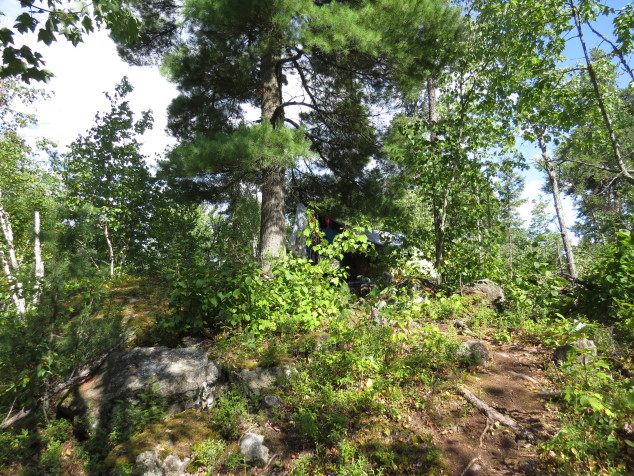
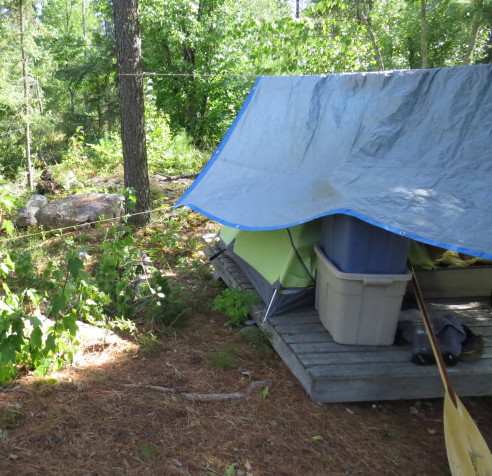
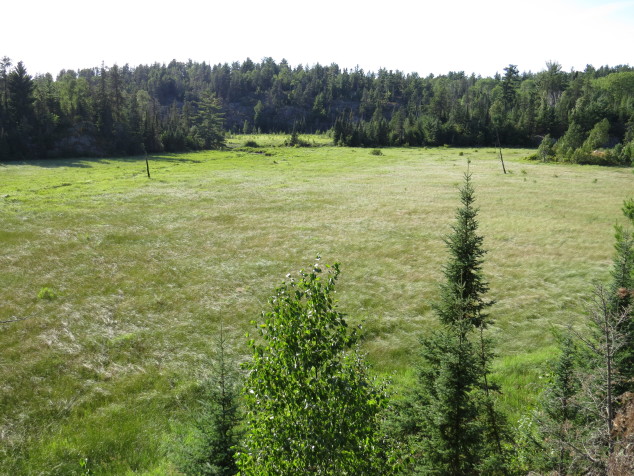
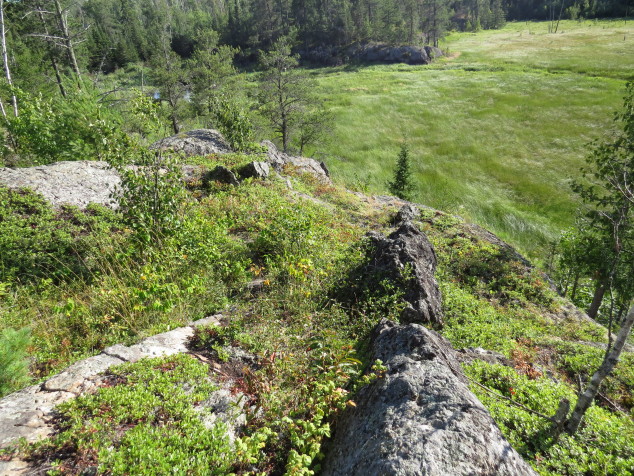
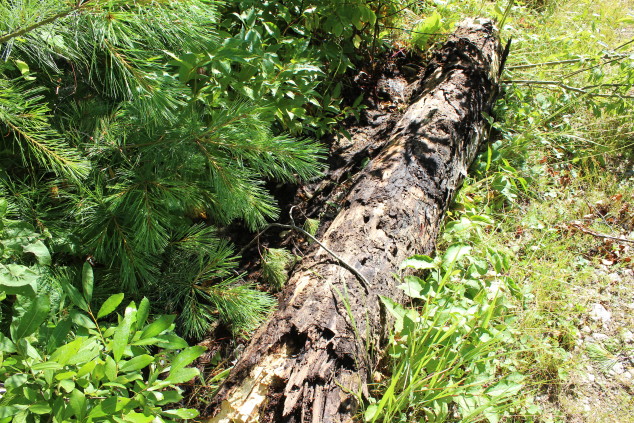
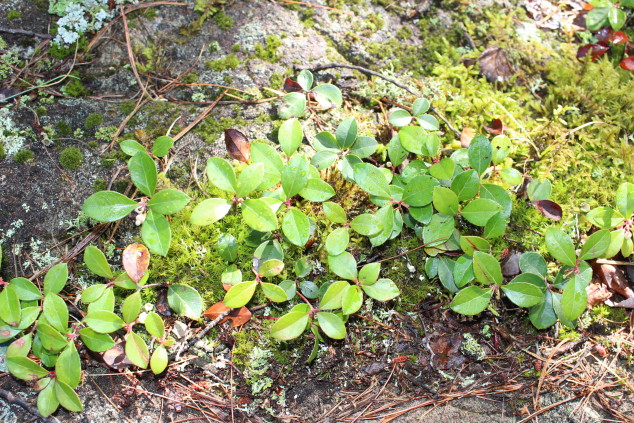
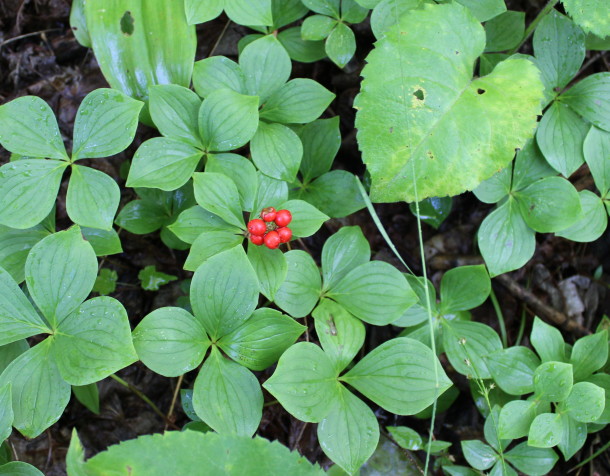
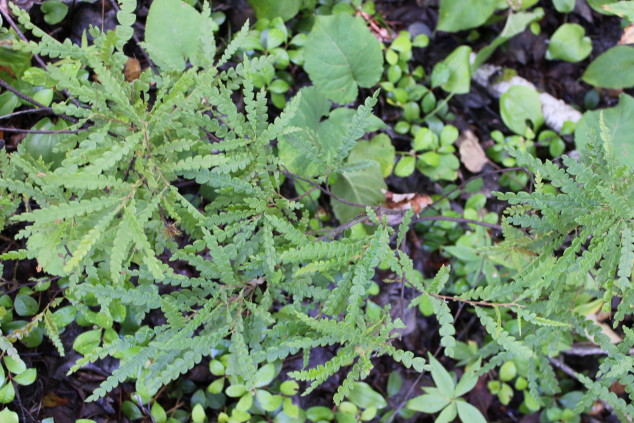
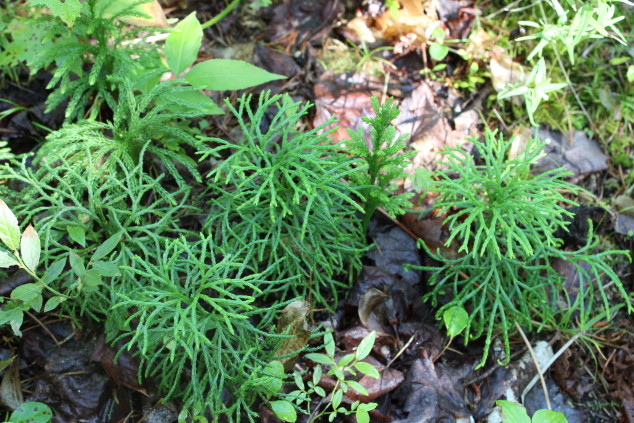
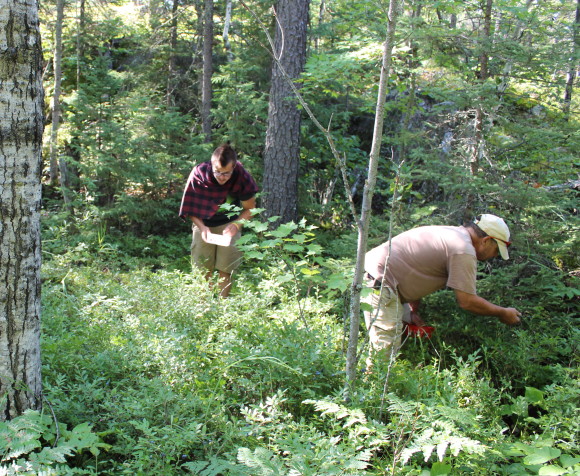
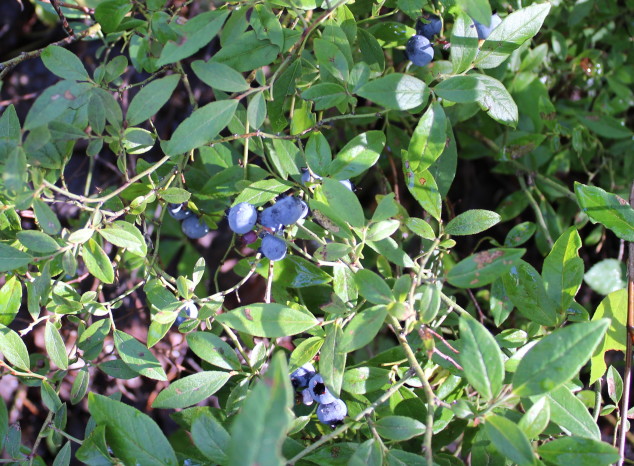
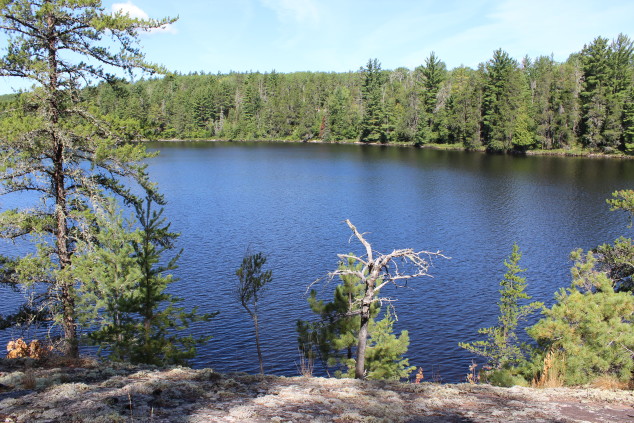
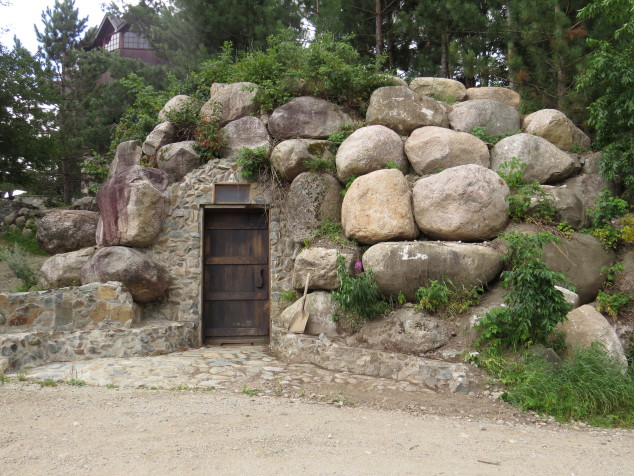
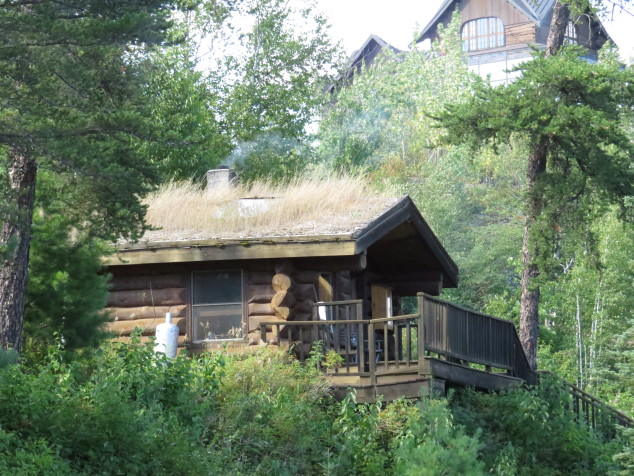
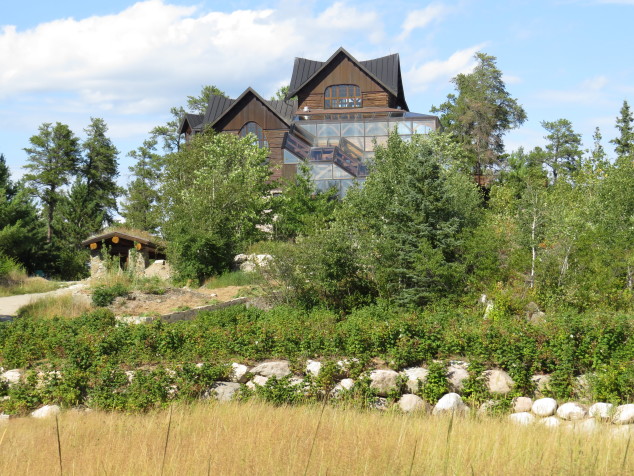
Leave a Reply